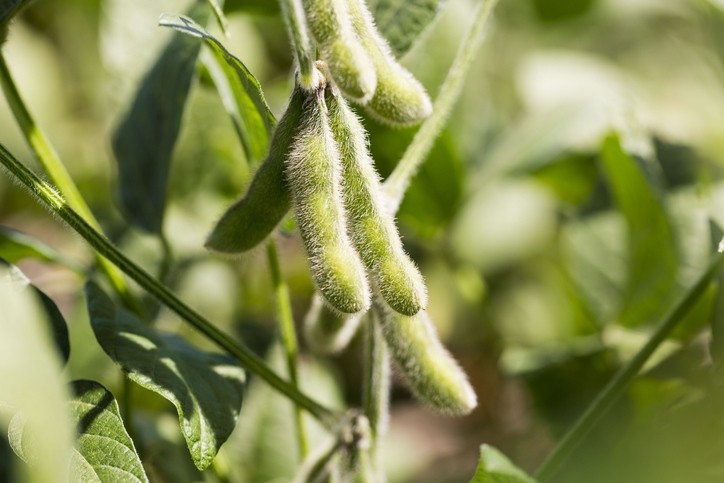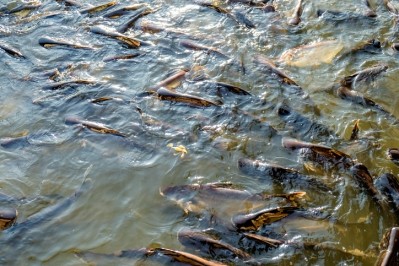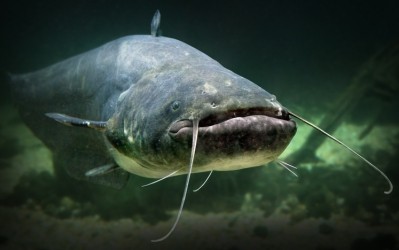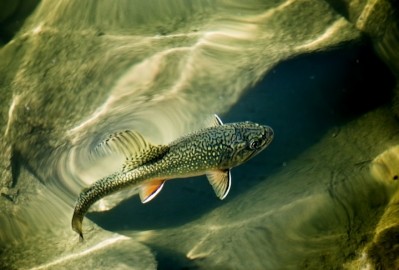Ohio Soybean Council licenses new soy-based feed ingredient

The Ohio Soybean Council started work to develop Enzomeal as a way to increase demand for soy, said Barry McGraw, director of product development and commercialization with the council.
Developing an aqua feed ingredient was of interest because the aquaculture industry continues to expand and soy provides a large amount of protein, he said.
“It really is good timing,” he told FeedNavigator.
Soy farmers across the US, including those in Ohio, have been looking for new ways to use soy and to “diversify” the product, he added.
Enzomeal is generated using a wet chemistry process, rather than fermentation, to produce a high-quality protein and reduce the amounts of anti-nutritional elements, he said.
The modified soybean feed ingredient has increased protein content, lower levels of carbohydrates and oligosaccharides and phytic acid than traditional soybean meal.
It has since been tested in the diets of several aquaculture species including Asian seabass and Pacific white shrimp, he said.
“Aquaculture is basically the fastest growing new use of soybean meal right now,” he said. “The idea is that if we can develop technologies – the train is moving with soy on it, if we can put more soy on it to keep soy at an advantage we will.”
In the future, there also would be interest in testing the soy-based protein in feeds for other production species, he said.
However, the development progress also led to an interest in finding a producer who could manufacture the feed ingredient at a commercial scale, he said.
“We didn’t want to keep doing it – want to move on to the next research project."
Licensing Enzomeal
The council licensed the technology to Matrix Sea Food India Ltd in India to produce Enzomeal, said McGraw.
Matrix manufactures fish feed and feed additives, according to company information. In addition to supplying producers in India, it also works with several countries in Southeast Asia.
The company currently is looking at building a new facility to generate the ingredient in India, McGraw said. There also are plans to start commercial feeding trials there.
A next step for the project will be to scale up production and generate about 10,000lb per month of the soy protein for use in feeding trials and sampling, said McGraw.
The initial focus for the partnering company will be to produce Enzomeal for the market in India, he said.
Trials
While developing the ingredient, the council completed feeding trials with several different fish species, said McGraw.
“We’ve done yellow perch, trout, salmon, largemouth bass [and] catfish but the results were pretty promising – especially with Pacific white shrimp we saw good results,” he said.
In a study looking at the use of the meal with yellow perch, researchers found that replacing half of the dietary protein with Enzomeal and an enzyme cocktail generated growth performance and nutrient use results comparable to results from diets using just 50% Enzomeal or only fishmeal and outperformed soybean meal diets.
A more recent feeding trial looked at the use of the feed ingredient with Asian seabass explored the use of EnzoMeal to replace fishmeal or compete with soybean meal when used in fish feed.
The six diets used in the trial included three levels of EnzoMeal – 300g kg-1, 400g kg-1 or 500g kg-1 – or three levels of soybean meal at 300g kg-1, 400g kg-1 or 500g kg-1.
At the end of the eight-week feeding trial fish with the highest body weight were on the diet with 300g kg-1 soybean meal, and those with the lowest received the 500g kg-1 EnzoMeal diet, the researchers reported.
However, fish getting the 300g and 400g EnzoMeal diets had the best apparent digestibility coefficient (ADC), they found.
“This study indicates that EZM could be a potential source of plant protein to replace fishmeal in fish feed as it contains high protein and low anti-nutritional factors,” the researchers said. “However, the major endpoint measurements on fish performance suggest that low feed intake constraints further EZM inclusion beyond 300 g kg−1 in the diet.”













